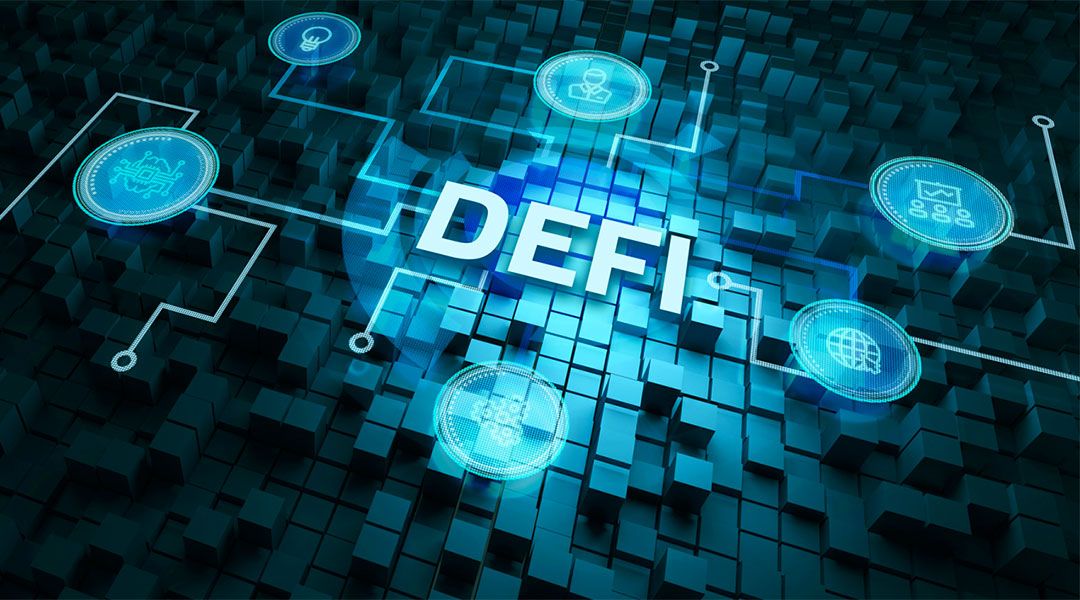How to Develop a Blockchain Strategy: a Roadmap

Knowing what blockchain is and how it can contribute to solving some of the world’s biggest challenges is one thing; knowing how to develop a blockchain strategy is another thing altogether. Meanwhile, understanding how to implement a blockchain strategy within your business is even more difficult.
Blockchain, particularly when used in concert with emerging technologies such as Big Data Analytics, Artificial Intelligence or the Internet of Things, offers organisations an opportunity to re-think their internal processes, remove inefficiencies and build a better organisation. However, within large process-oriented organisations, transforming a centralised business to a decentralised organisation, where cryptography is used to create trust, where smart contracts automate decision-making, and where governance is embedded in the code, can be a daunting task. While in fact, the steps that are required to transform your business into a decentralised organisation are clear and straightforward.
Step 1: Understanding Blockchain
At its core, Blockchain is nothing more than a database technology, but the implications of the technology are far-reaching. Therefore, if you wish to start with Blockchain within your organisation, it is crucial that there is a shared understanding of what Blockchain is and what it can do for your organisation and industry. Blockchain can be applied to any industry and any business objective, and for each industry, Blockchain offers different opportunities, ranging from data or product provenance, improved identity and verification systems to increased payment efficiencies. Therefore, creating a shared understanding, at board level, of what Blockchain can do for your business is a vital first step.
Knowing what Blockchain is and what it can do for your business will help to obtain management support and buy-in from the rest of the organisation. With the enormous potential of Blockchain, it is more a strategy matter than an IT matter. Especially, if you wish to take Blockchain serious, it will take time, and in the beginning, the return on investments made maybe unclear and could even be negative at first. Having a shared understanding of the decentralised future of your business will help to achieve your long-term vision.
Step 2: Define the Problem and Build a Minimum Viable Product
Blockchain can solve many problems, but not every problem requires a blockchain solution. Therefore, it is vital to understand what the problem is that needs to be solved. Once you have identified the problem that requires a blockchain solution, it is wise to start small and develop a Minimum Viable Product.
Start small and grow from there is the best way to learn a new, disruptive, technology and slowly implement it throughout the organisation. Besides, Blockchain differs from any other emerging technology as it often requires organisations to collaborate with industry partners, customers or even competitors as only through decentralised collaboration with your stakeholders, the benefits of Blockchain become truly visible.
In addition to this, the Blockchain ecosystem is still being developed. At the moment, the development of this ecosystem is as far as the internet was in 1994 or 1995. Obviously, it will not take another 20 years before the ecosystem is fully developed, but many of the technologies required for your decentralised applications are still in beta or even alpha. Hence, developing a Minimum Viable Product with your stakeholders is the best way to get started and ensure that the technology works as it should be when you further expand it into your organisation.
When developing a Blockchain Minimum Viable Product, it is important to understand which problems within your organisation are best suited for a Blockchain solution. Not all problems require a decentralised solution, a cryptocurrency or smart contracts. Blockchain should be a means to an end, not the other way around. When deciding to require a token, understand clearly why you need a token and what sort of token, because there are plenty of decentralised solutions that do not require a token.
Step 3: Start Hiring New Talent
Blockchain technology requires new specialists, including developers, business and technical architects, solidity developers, cryptographers but also data scientists, mathematicians and security specialists. If you also want to do an Initial Coin Offering at some stage, you also require legal help and ICO specialists, a new type of job that is rapidly becoming more important.
Unfortunately, the market for Blockchain developers (a general term to include all of the above) is still very small, simply because the technology is still so new. Hence, it is important for your organisation to start hiring the right Blockchain developers as soon as possible. However, do make sure that they have the right industry experience because Blockchain technology does differ per industry.
Of course, you can also turn to one of the many consultancy businesses helping organisations implementing blockchain solutions. These include the traditional consultancy firms such as Accenture, IBM, KPMG or Microsoft or you can turn to new more specialised firms such as Consensys or Chainsmiths.
Step 4: Start Scaling your Efforts
Once you have a shared understanding of Blockchain, identified the problem, have developed your hypotheses and a Minimum Viable Product and have lined up new resources, it is time to start expanding your efforts. With luck, your steps into the decentralised world result in tangible improvements to your business and your bottom-line. Then you can start focusing on the impact of Blockchain on your core business and developing a long-term Blockchain strategy and roadmap, including your intended objectives such as increased efficiencies, reduced risks, better governance or quality improvements.
When developing your long-term Blockchain strategy, you will start to understand whether it will stay on the periphery of your organisation, only slightly affecting your business, or whether it moves into the mainstream of your business and thereby radically changing your business. Whichever it is, by having invested in one or more Minimum Viable Products, you are prepared for the future ahead, as you have learned the capabilities required to develop decentralised applications. That in itself, it very valuable and will help you gain a competitive advantage in an increasingly decentralised society.
Image: Hkeita/Shutterstock





